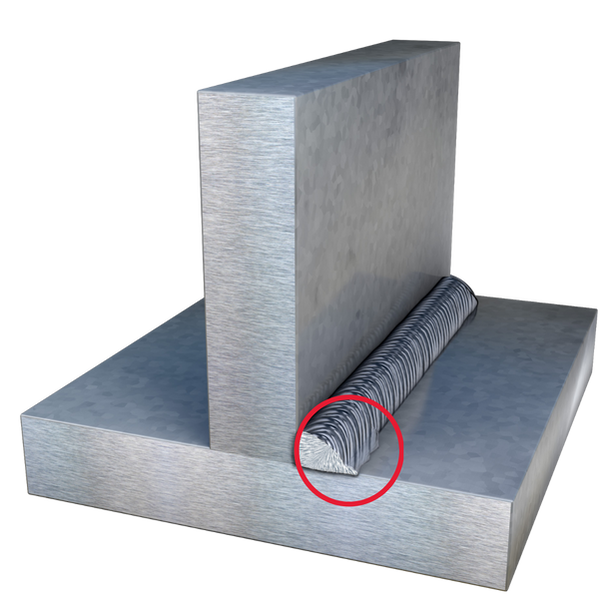Effective Ways to Prevent Weld Undercut in Your Welding Projects
Effective Ways to Prevent Weld Undercut in Your Welding Projects
Blog Article
Mastering the Art of Welding: Exactly How to Stay Clear Of Undercut Welding Issues for Flawless Fabrication Outcomes
By understanding the root triggers of undercut welding and carrying out reliable strategies to prevent it, welders can elevate their craft to new levels of excellence. In the quest of perfect construction results, understanding the art of welding to avoid undercut problems is not just a skill however a requirement for those aiming for perfection in their work.
Comprehending Undercut Welding

To protect against undercut welding, welders need to make certain correct welding criteria, such as readjusting the existing, voltage, traveling rate, and preserving the appropriate electrode angle. By comprehending the causes of undercut welding and applying precautionary measures, welders can attain high-grade, structurally audio welds.
Sources Of Undercut in Welding
Recognizing the elements that add to undercut in welding is crucial for welders to create high-quality, structurally sound welds. Poor welding current or inaccurate welding rate can also add to damage. Understanding these causes and carrying out correct welding methods can assist protect against undercutting problems, ensuring durable and strong welds.
Methods to Avoid Undercutting

To alleviate the danger of damaging in welding, welders can use critical welding methods aimed at enhancing the quality and integrity of the weld joints. Furthermore, using the correct welding technique for the details joint arrangement, such as weave or stringer grains, can contribute to decreasing undercutting.
Furthermore, appropriate joint preparation, including ensuring tidy base products without pollutants and utilizing the proper welding consumables, is vital in stopping undercut problems. Employing back-step welding strategies and managing the weld bead profile can additionally assist distribute warmth uniformly and reduce the risk of undercut. Normal assessment of the weld joint during and after welding, along with carrying out high quality assurance actions, can help in discovering and addressing undercutting concerns quickly. By applying these methods diligently, welders can accomplish flawless manufacture results with minimal undercut flaws.
Importance of Appropriate Welding Criteria
Picking and keeping appropriate welding parameters is necessary for attaining successful welds with minimal flaws. Welding parameters refer to variables such as voltage, current, travel speed, electrode angle, and protecting gas circulation rate that directly affect the welding process. These specifications have to be carefully adjusted based upon the kind of product being bonded, its thickness, and the welding method utilized.
Correct welding criteria ensure the correct amount of warm is related to thaw the base steels and filler product consistently. If the specifications are established also high, it can lead to his explanation too much warmth input, creating spatter, distortion, or burn-through. On the various other hand, if the criteria are also reduced, insufficient combination, lack of penetration, or undercutting may take place.
Quality Control in Welding Workflow

Final Thought
In conclusion, grasping the art of welding calls for a detailed understanding of undercut welding, its reasons, and strategies to avoid it. By ensuring correct welding specifications and executing quality assurance practices, remarkable fabrication outcomes can be accomplished. It is important for welders to continually aim for excellence in their welding procedures to prevent undercut issues and create top quality welds.
Undercut welding, an usual issue in welding procedures, happens when the weld metal does not properly fill up the groove and leaves a groove or official source depression along the welded joint.To prevent undercut welding, welders must ensure appropriate welding criteria, such as changing the existing, voltage, traveling speed, and preserving the correct electrode angle. Insufficient welding existing or incorrect welding rate can likewise contribute to damage.To reduce the threat of damaging in welding, welders can employ critical welding techniques aimed at improving the top quality and integrity of the weld joints.In final thought, understanding the art of welding requires a detailed understanding of undercut welding, its causes, and techniques to look at here avoid it.
Report this page